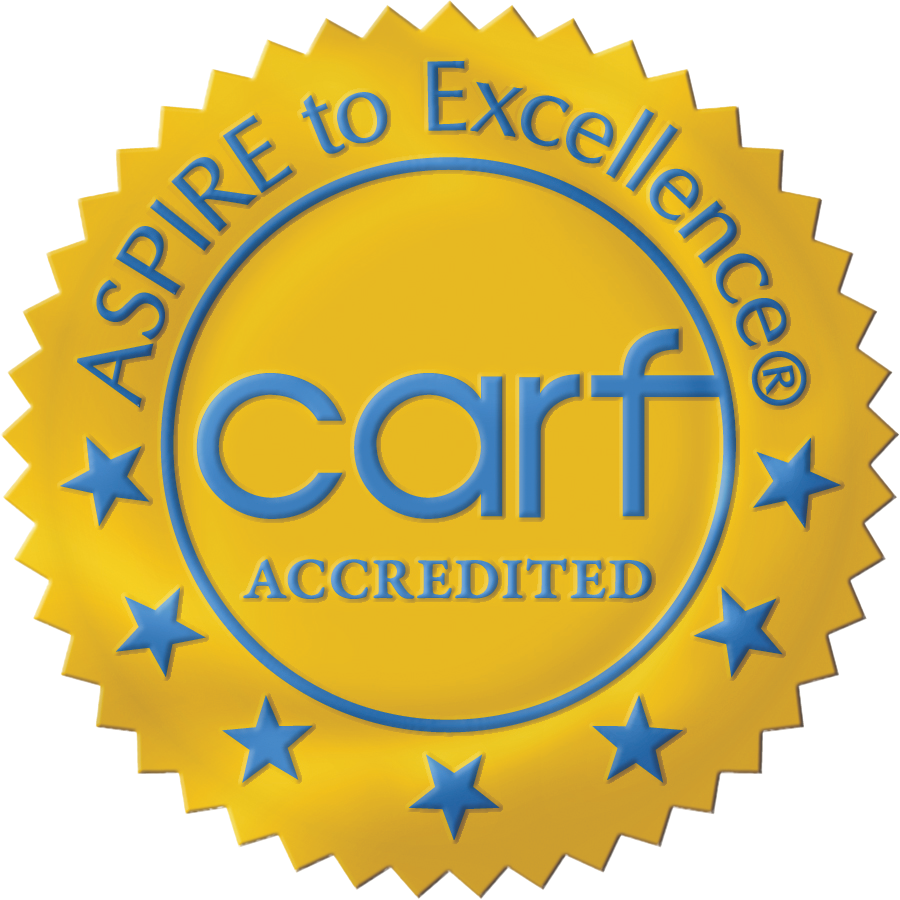Disordered Eating and Addiction Treatment at Crestone
People grappling with disordered eating may find themselves caught in a cycle of compulsive behaviors surrounding food, weight, and body image. This can manifest in various forms, from restrictive eating patterns to binge eating episodes and purging behaviors.
Similarly, addiction also often involves a compulsive need to engage in substance use despite a slew of negative consequences. Disordered eating and addiction can exacerbate the severity of both conditions, leading to detrimental effects on physical health, psychological stability, and overall quality of life.[1]
Crestone Wellness offers a full spectrum of care tailored to address the unique needs of each client. Find health, healing, and happiness, and begin your recovery with Crestone today
- Disordered eating encompasses a variety of irregular eating behaviors that may meet the criteria for specific eating disorders, such as anorexia nervosa, bulimia nervosa, or binge eating disorder.
- The relationship between disordered eating and addiction is complex, with shared neurobiological pathways, coping mechanisms, body image issues, and risk factors exacerbating the severity and complexity of both conditions.
- Trauma can significantly impact addiction by serving as a coping mechanism, increasing vulnerability, triggering relapse, and influencing self-medication behaviors.
- Treatment options for dual diagnosis issues involving disordered eating and substance abuse include a range of modalities such as art therapy, cognitive-behavioral therapy (CBT), dialectical behavior therapy (DBT), and yoga therapy, which address underlying emotional issues and promote holistic healing.
What Is Disordered Eating?
Disordered eating refers to a wide range of irregular eating behaviors that may meet the criteria for a specific eating disorder diagnosis, such as anorexia nervosa, bulimia nervosa, or binge eating disorder.[2] Examples of disordered eating behaviors include restrictive eating, such as severely limiting caloric intake or avoiding certain food groups, excessive dieting, and binging and purging behaviors.
Disordered eating can also encompass preoccupation with body weight, shape, and food, as well as excessive exercise to control weight or compensate for food intake. These behaviors often stem from a complex interplay of biological, psychological, and environmental factors, including genetic predispositions, societal pressures, traumatic experiences, and other mental health conditions like depression or anxiety.[3]
How Disordered Eating and Addiction Can Interact
The relationship between disordered eating and drug addiction is multifaceted and can express itself in several ways, often influencing the severity and complexity of both conditions:[4]
Shared neurobiological pathways:
Disordered eating and addiction share common neurobiological pathways, particularly those involving reward and reinforcement mechanisms in the brain. Both behaviors can trigger the release of dopamine, a neurotransmitter associated with pleasure and reward, leading to a cycle of compulsive engagement despite negative consequences.
Coping mechanisms:
People struggling with disordered eating or addiction often use these behaviors as maladaptive coping mechanisms to manage underlying emotional distress, trauma, or unresolved psychological issues.
Body image and self-esteem:
Disordered eating and addiction often co-occur with body image disturbances and low self-esteem. Both conditions can perpetuate negative self-perceptions and fuel a cycle of shame, guilt, and self-destructive behaviors. Substance abuse may contribute to changes in body composition or appearance, further worsening body image concerns and reinforcing disordered eating patterns.
Shared risk factors:
Certain risk factors and vulnerabilities, such as a history of trauma, adverse childhood experiences, or underlying mental health disorders, may predispose individuals to both disordered eating and addiction. These shared vulnerabilities can contribute to developing and maintaining overlapping patterns of behavior and complicate the treatment process.
Dual Diagnosis Addiction
What Symptoms Do Disordered Eating and Substance Use Share?
Disordered eating and substance use share several common symptoms and behaviors, reflecting their shared underlying causes:[5]
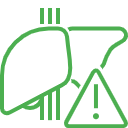
Preoccupation and cravings:
Both disordered eating and substance use often involve a preoccupation with obtaining and consuming the desired substance, whether it’s food, alcohol, drugs, or other addictive substances. People may experience intense cravings and find it difficult to focus on other aspects of their lives due to persistent thoughts about food or substances.
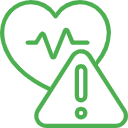
Compulsive behaviors:
Engaging in compulsive behaviors and experiencing a loss of control is common in both disordered eating and substance use disorders. This can include binge eating episodes, purging behaviors, excessive exercise, or repeated attempts to control or cut down on substance use. These behaviors are often driven by an overwhelming urge to alleviate distress or satisfy cravings.

Negative consequences:
Both disordered eating and substance use can lead to a range of negative consequences, including physical health problems, social isolation, relationship difficulties, academic or occupational impairment, and financial strain.
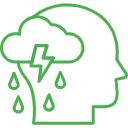
Secrecy and shame:
Those struggling with both disordered eating and substance use may experience feelings of secrecy, shame, and guilt surrounding their behaviors. They may go to great lengths to hide their eating habits or substance use from others, fearing judgment or stigma, which can exacerbate feelings of isolation and prevent them from seeking help.

What Are the Treatments Available for Addiction and Disordered Eating?
If you’re looking to address dual diagnosis issues around disordered eating and substance abuse, Crestone offers lasting support and healing via several treatment modalities:
Frequently Asked Questions About Disordered Eating and Addiction
What are some risk factors for developing addiction alongside disordered eating?
Risk factors for developing addiction alongside disordered eating include genetic predisposition, environmental influences, such as family dynamics and peer relationships, history of trauma or abuse, low self-esteem, perfectionism, and societal pressures related to body image or substance use.
Are there specific demographics more prone to experiencing disordered eating and addiction?
Certain demographics, such as adolescents, young adults, athletes, individuals in certain professions (e.g., entertainment, modeling), and those in marginalized communities, may be more vulnerable to experiencing disordered eating and addiction due to unique stressors and societal pressures.
How does trauma play a role in the development of addiction and co-occurring mental disorders?
Can disordered eating and addiction be managed without professional treatment?
While some people may initially attempt to manage disordered eating and addiction on their own, professional treatment is often necessary for long-term recovery. This may include therapy, medical intervention, nutritional counseling, and support groups tailored to address the complex underlying issues of both conditions.
How can loved ones support someone seeking recovery from disordered eating and addiction?
Loved ones can support someone seeking recovery from disordered eating and addiction by providing emotional support, encouraging treatment-seeking behavior, educating themselves about these conditions, avoiding judgment or criticism, and participating in family therapy or support groups to learn healthy communication and coping strategies.
Sources
[1] Substance Abuse and Mental Health Services Administration. (2023, July 26). Co-Occurring disorders and other health conditions. Www.samhsa.gov. https://www.samhsa.gov/medications-substance-use-disorders/medications-counseling-related-conditions/co-occurring-disorders on June 6, 2024
[2] Waterhous, S., PhD, RDN, FAED & Willamette Nutrition Source, LLC. (n.d.). Eating disorder training for community providers. Retrieved from https://www.oregon.gov/oha/HSD/BH-Child-Family/Documents/Eating%20Disorder%20Treatment%20Seminar%20Slides%2006.08.22.pdf
on June 6, 2024
[3] National Institute of Mental Health. (2024). Eating Disorders. Www.nimh.nih.gov; National Institute of Mental Health. https://www.nimh.nih.gov/health/topics/eating-disorders on June 6, 2024
[4] Eskander, N., Chakrapani, S., & Ghani, M. R. (2020). The Risk of Substance Use Among Adolescents and Adults With Eating Disorders. Cureus, 12(9). https://doi.org/10.7759/cureus.10309 on June 6, 2024
[5] Issue 58 I The Link Between Drugs, Alcohol and Eating Disorders. (2019). Nedc.com.au. https://nedc.com.au/eating-disorder-resources/find-resources/show/issue-58-i-the-link-between-drugs-alcohol-and-eating-disorders on June 6, 2024


